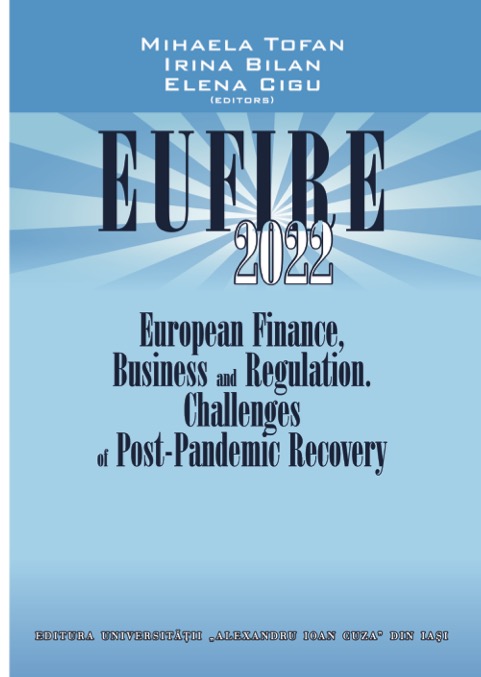DIMENSION OF CORRUPTION PHENOMENON FROM EUROPEAN UNION
DIMENSION OF CORRUPTION PHENOMENON FROM EUROPEAN UNION
Author(s): Iuliana Ungureanu
Subject(s): Law, Constitution, Jurisprudence, Public Administration, Socio-Economic Research
Published by: Editura Universităţii »Alexandru Ioan Cuza« din Iaşi
Keywords: corruption; news; mass media corruption; corruption perceptions index; score; classification;
Summary/Abstract: Over time, there have been doubts about how to measure corruption, as its very nature is largely hidden. The main way of measuring corruption was based on the perception provided by transnational indices that were extracted from a series of surveys and expert assessments. However, it is now widely recognised that such measurements are inherently prone to prejudice and serve as an imperfect proxy for real levels of corruption. At the same time, is appreciated that the intention to measure corruption, especially through the development of transnational data sets with a wide scope of application. In this case, we intend to estimate the corruption phenomenon in the European Union (EU) countries (27 countries) for 2019, based on the corruption perceptions index (CPI) and some independent variables that play an important role on the corruption phenomenon, namely: freedom of expression, level of education, the standard of living, political stability, trust in justice, trust in state institutions, fiscal pressure, soundness of the banking system, religion and fiscal morality. In this context, the research aims not only to develop an econometric model that could reflect truncated truths regarding the elements responsible for corrupt behaviors, but also to corroborate it with a reasoning of good faith and with the foundations already existing in the literature, so that we can manage to identify the determining components that shape the corrupt behavior and with the help of which to estimate the dimension of the corruption phenomenon. The final score obtained will reflect the estimated size of the corruption phenomenon for each analyzed country, and depending on the scores recorded at the country level, a classification will be made that will be divided into 3 zones (green zone – low level of corruption, orange zone – medium level of corruption and red zone – high level of corruption), which will be useful to investors who want to expand their business in other countries in order to compare the corruption phenomenon in his country with that of the country to which it relates.
- Page Range: 426-447
- Page Count: 22
- Publication Year: 2022
- Language: English
- Content File-PDF

